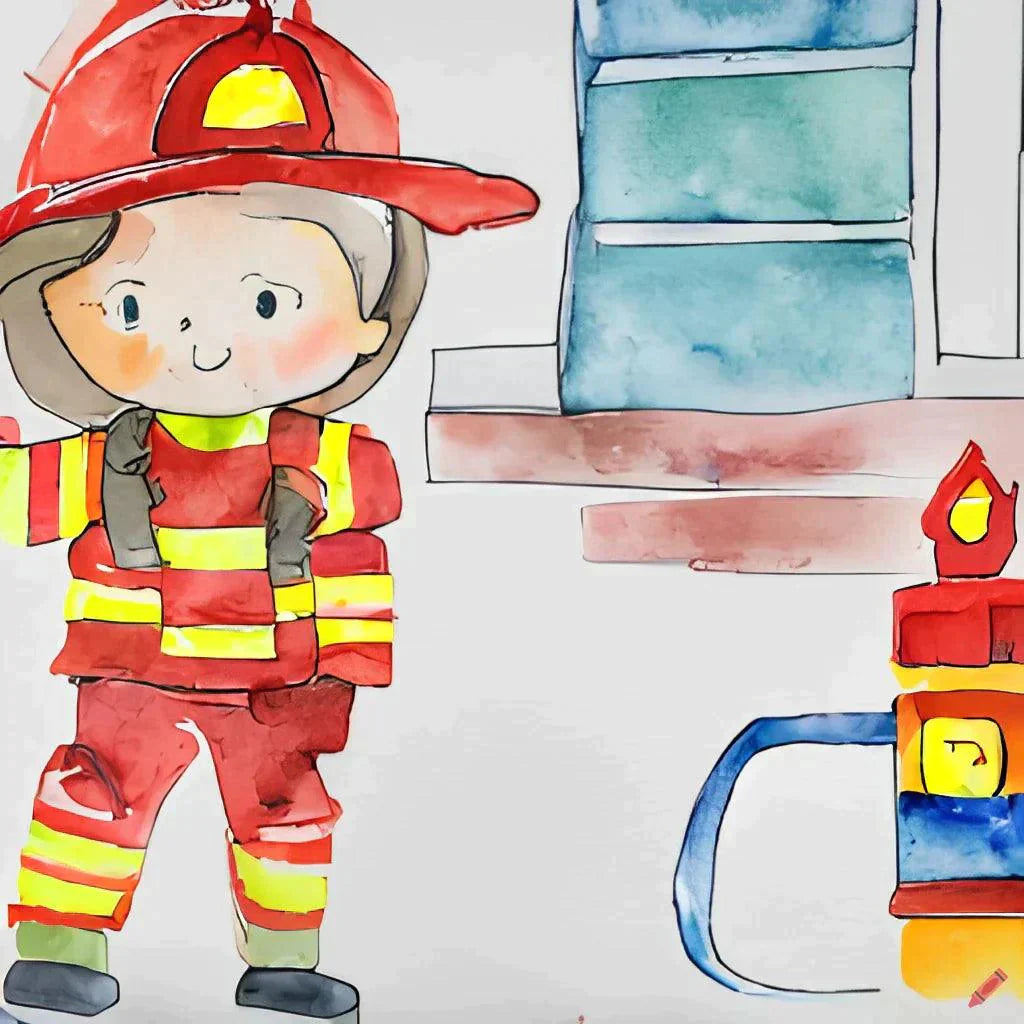Foreign bodies stuck in the nose are a common occurrence in children ages 2 to 5 — and sometimes even for children as old as 7 or 8, says Purva Grover, MD, Medical Director of Cleveland Clinic Children’s Pediatric Emergency Departments.
What are the signs of trouble?
Dr. Grover says parents typically know when their child has put something in the nose. You’ll often see him contemplating the act from across the room and get to the little one … just after the object goes in.
But sometimes doctors find foreign objects during a routine office exam. This happens more often with older children who don’t want to get in trouble or those with developmental delays who can’t tell a parent what happened, Dr. Grover says.
If you don’t see your child put anything in her nose, but you think there might be a problem, watch for these signs:
- A foul-smelling odor coming from just one side of the nose
- Symptoms similar to a sinus infection, like high fever or dark green mucus coming from the nose
If there is something stuck in your child’s nostril, it’s important to act quickly — either try to remove it or take your child to the doctor right away. If you delay, an infection can develop. In rare cases — especially if it’s left in the nose overnight — the object can get sucked into the airway and possibly cause choking.
Best removal method — a ‘mother’s kiss’
Dr. Grover says most foreign objects in the nose won’t come out unless a parent or doctor removes them — especially for small children, who aren’t very good at blowing their noses.
There are two important things to remember if this happens to your child:
1. Try once, then get help – Make only one attempt to remove the object on your own (unless you believe the situation is life threatening). The more times you try, the less cooperative your child will be when the doctor tries to remove it. This increases the likelihood of needing an operation to remove the object.
2. ‘Mother’s kiss’ method – If you do try to handle the situation at home, Dr. Grover recommends using the “mother’s kiss” method, which works best for small, hard objects like beads. Follow these steps for the kiss method:
- Place your mouth over your child’s mouth.
- Hold the nostril that isn’t blocked closed with a finger.
- Blow gently into your child’s mouth.
You can use this process to remove hard objects without a doctor’s help. Using this gentle pressure to force the object out is successful about 60 percent of the time, Dr. Grover says. A doctor typically will need to remove softer objects made of foam or tissue.
3. Whatever you do, don’t try to stick your finger, a cotton swab, or anything else up the nasal passage in order to remove the object. You risk pushing it deeper into your child’s nose or even down his throat and into his lung.
One final tip: Look for other objects
Putting foreign objects in the nose is a habitual thing, Dr. Grover says. This means that if a child has put something in his nose, he is likely to have also tried putting something somewhere else — like maybe in an ear, too.
So if you find one stuck object, don’t forget to look for more.
When to call the doctor:
- If you can’t see or remove the piece of food or toy yourself.
- If your tot’s nose doesn’t stop discharging gunk or blood even after you’ve removed whatever was stuck there. (Or if a nosebleed lasts more than 15 to 20 minutes if the object is still in there.)
- If you’re worried that you might not have gotten rid of whatever was in there (like the entire blueberry or tissue wad).
- If you suspect your tot has shoved a small battery or other chemical-containing object in his nose. These can burn the nasal passages, and the doctor may advise you to go directly to the ER.











